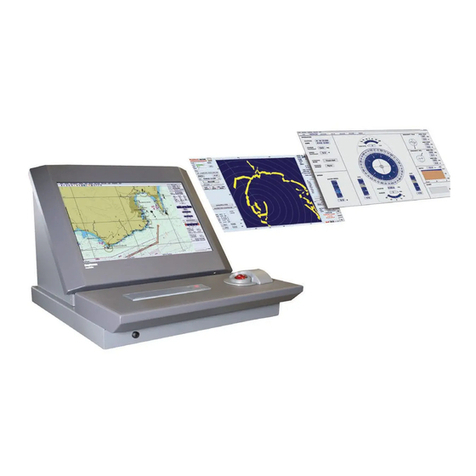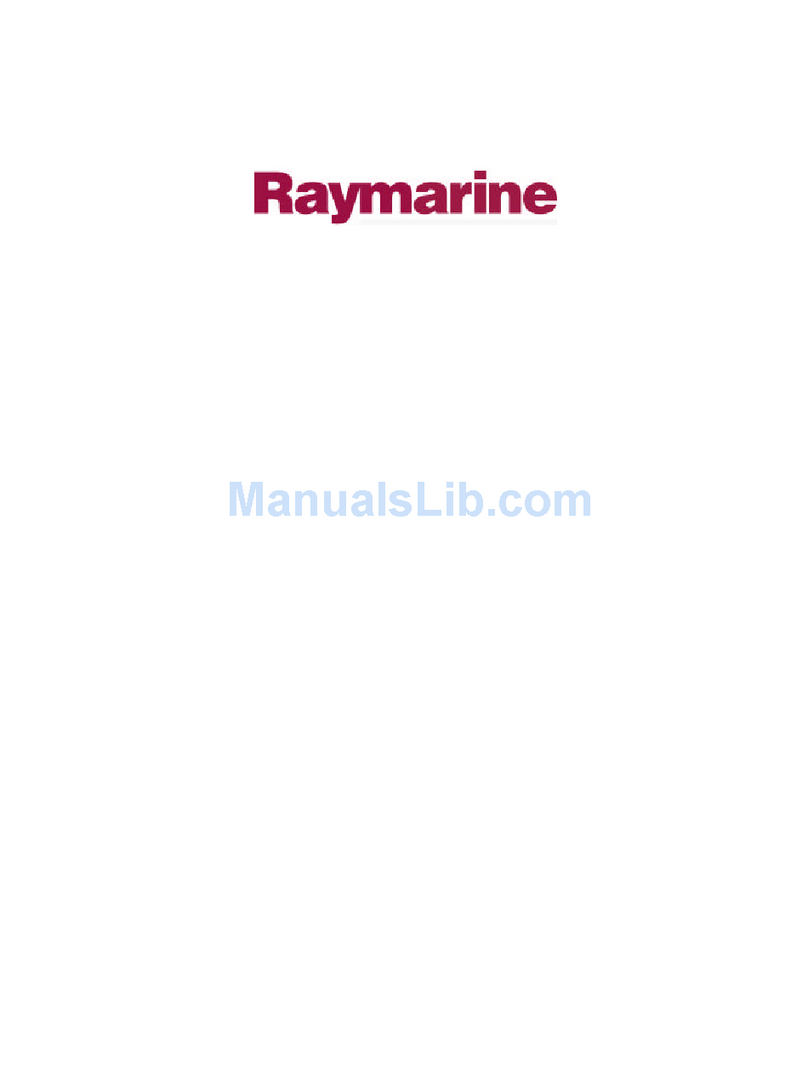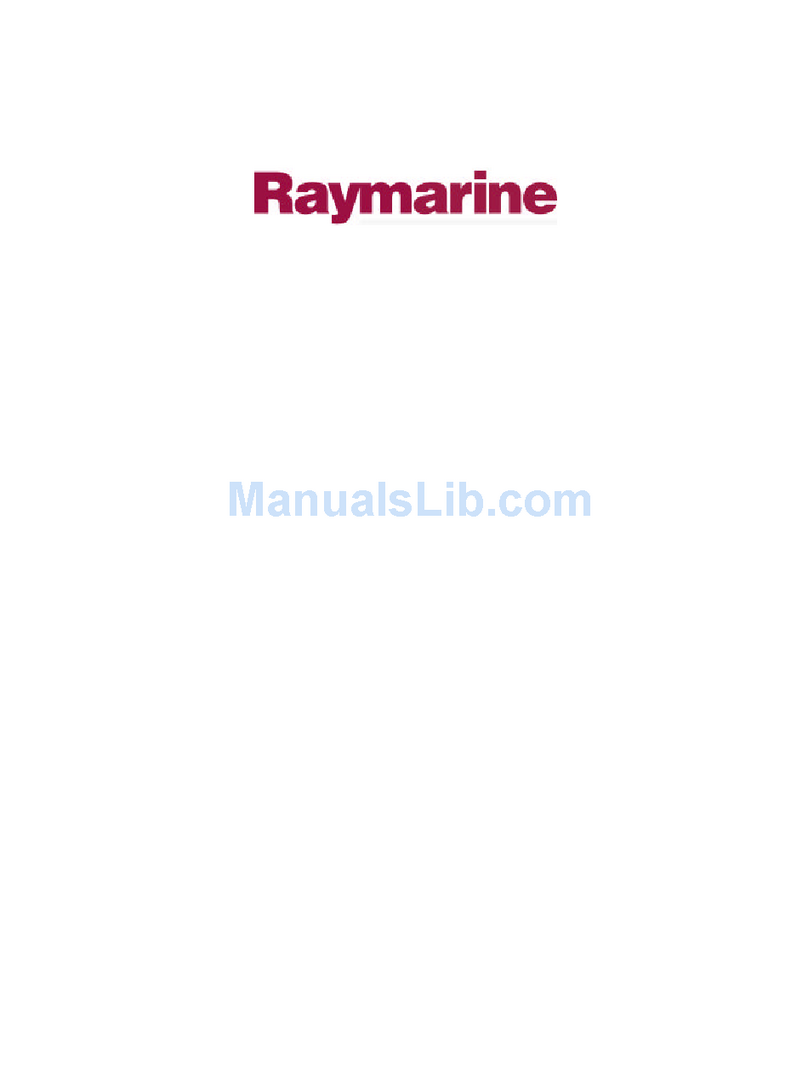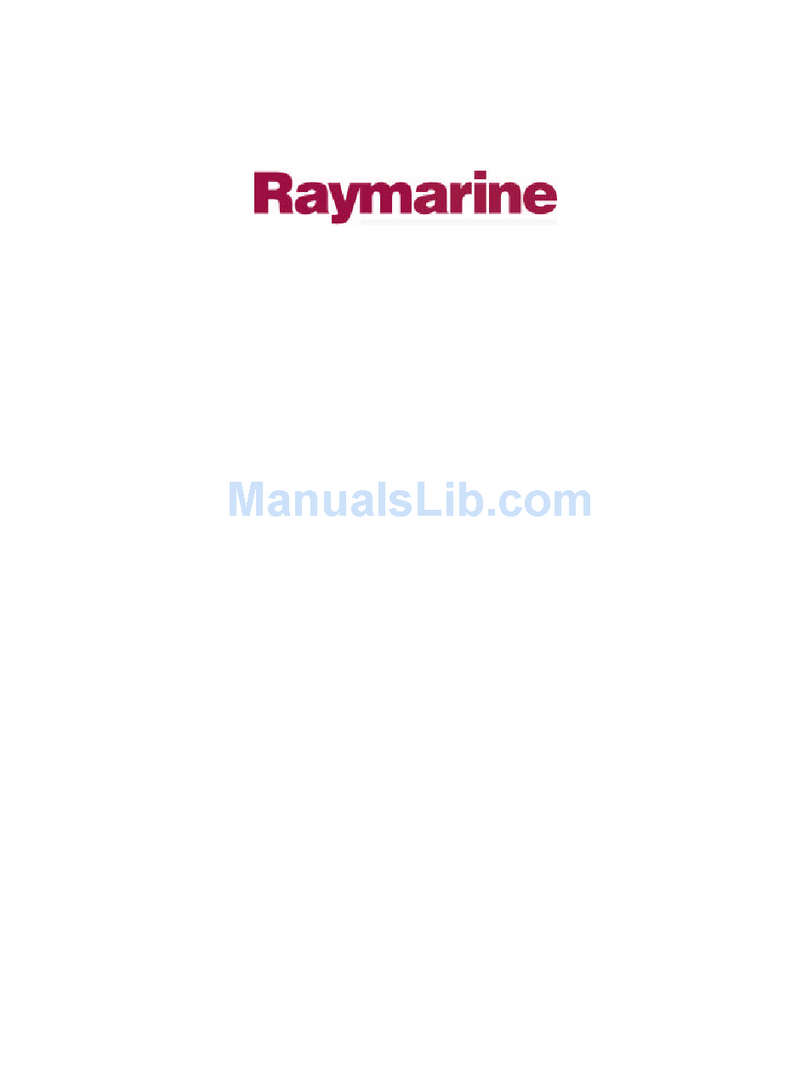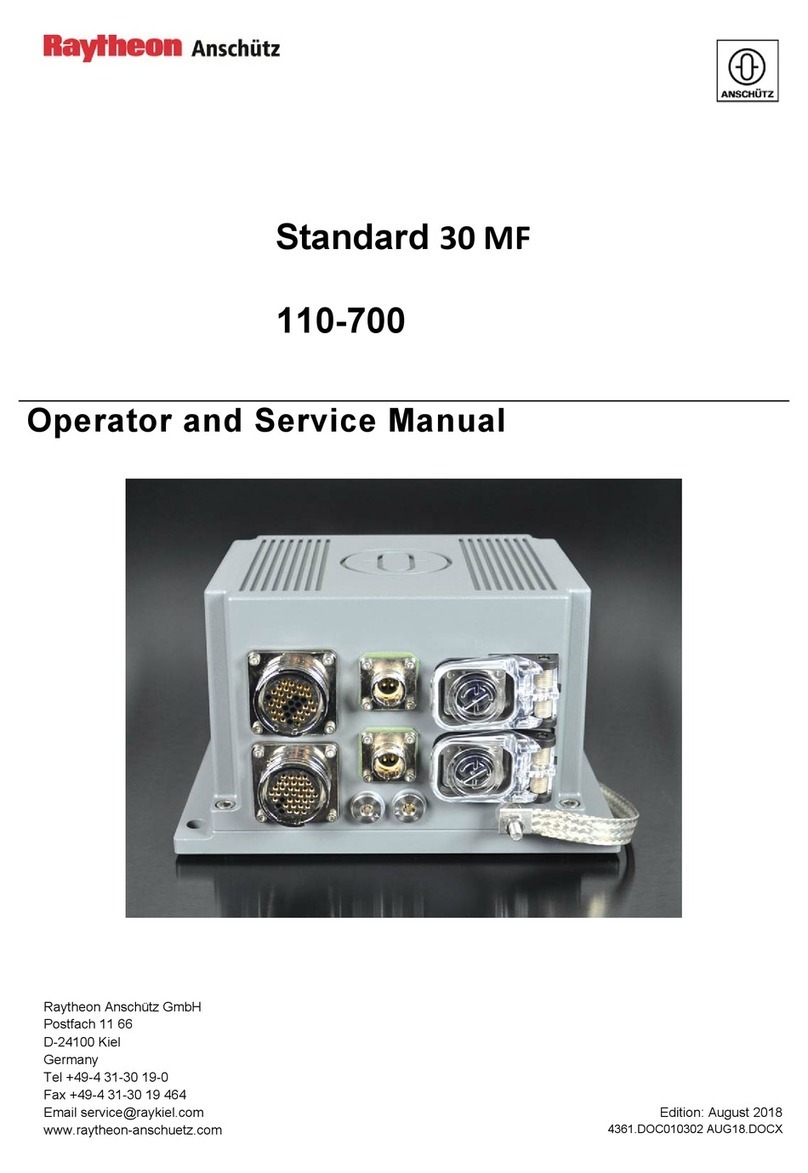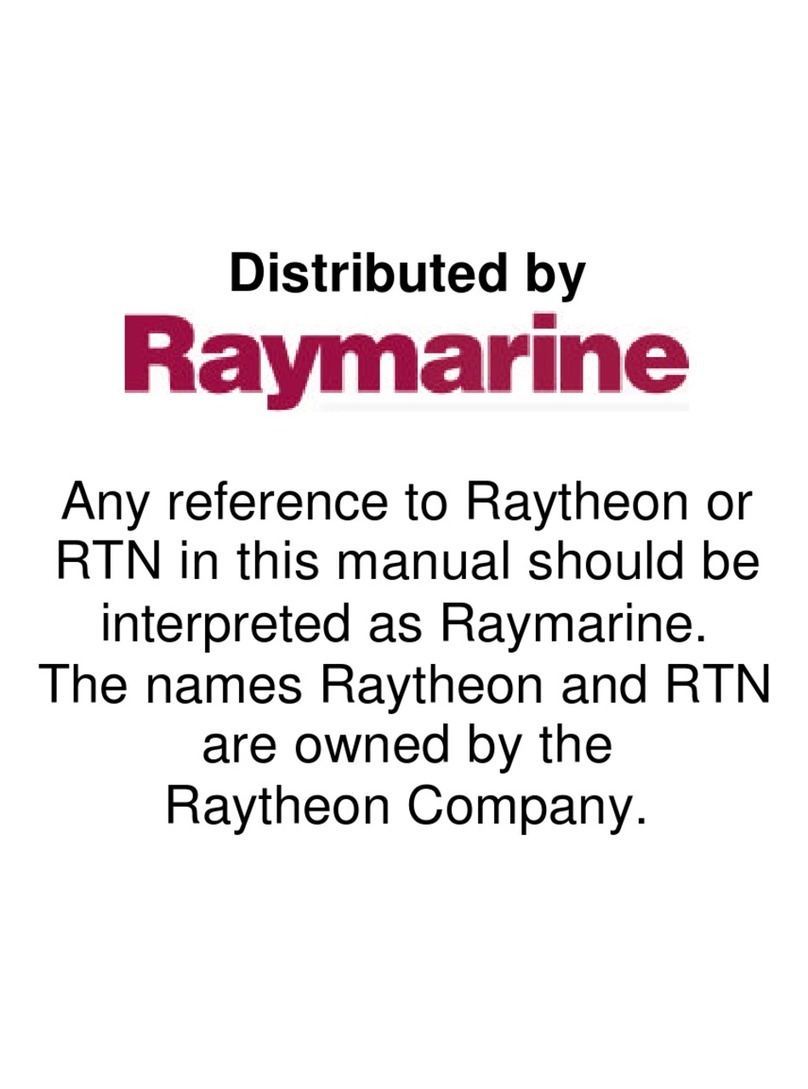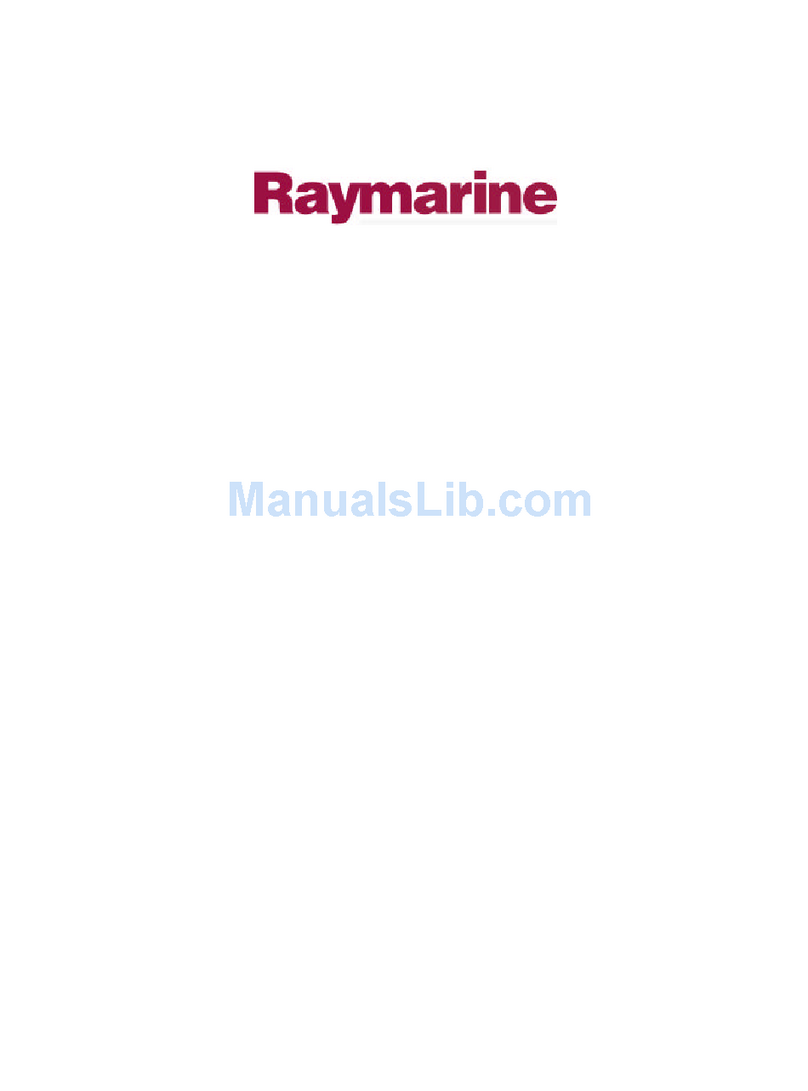
ST80MultiviewOperationandSetupManual2
Contents
Chapter 1: Introduction ............................................................. 5
Chapter 2: Operation ................................................................. 6
2.1 Basic Operation ............................................................6
Speed Key................................................................... 6
Speed Over Ground (SOG) ................................... 7
Velocity Made Good (VMG) ................................ 7
Temperature......................................................... 7
Maximum & Average Speed................................. 7
Log & Trip ........................................................... 7
Depth Key................................................................... 7
Depth ................................................................... 7
Minimum & Maximum Depth .............................. 7
Depth Offset ......................................................... 7
Shallow & Deep Alarms ....................................... 8
Anchor Alarms ..................................................... 8
Page Key..................................................................... 8
Heading ............................................................... 8
True & Apparent Wind ......................................... 8
Waypoint Range & Bearing .................................. 8
Ground Track & Tide ........................................... 8
Pilot ..................................................................... 9
Multiline .............................................................. 9
Illumination ................................................................ 9
Switching to System Mode ................................. 10
Switching to local Mode ..................................... 10
Exiting Illumination Adjustment ......................... 10
LCD Contrast ............................................................ 10
Resetting the LCD Contrast ................................ 10
2.2 General Operating Information ...................................10
Default Multiview Screen .......................................... 10
